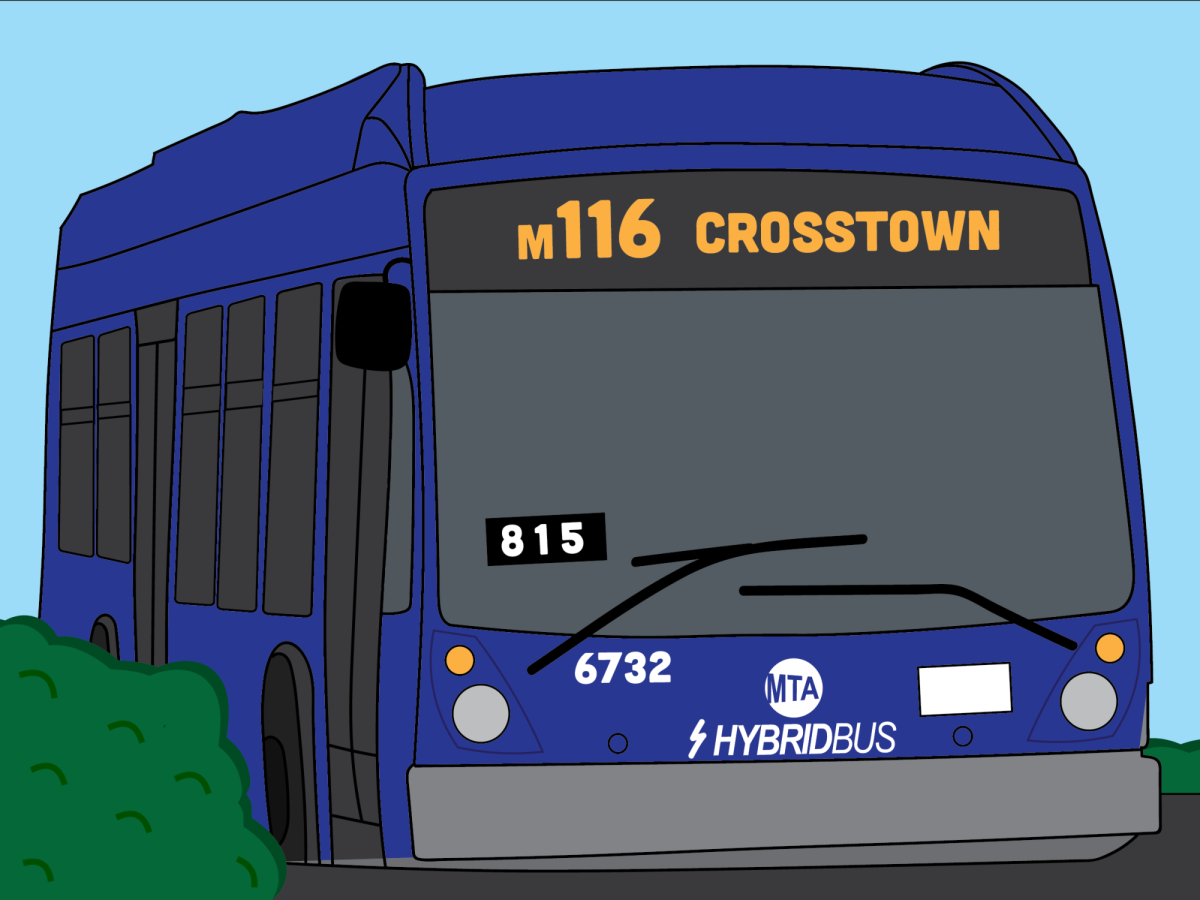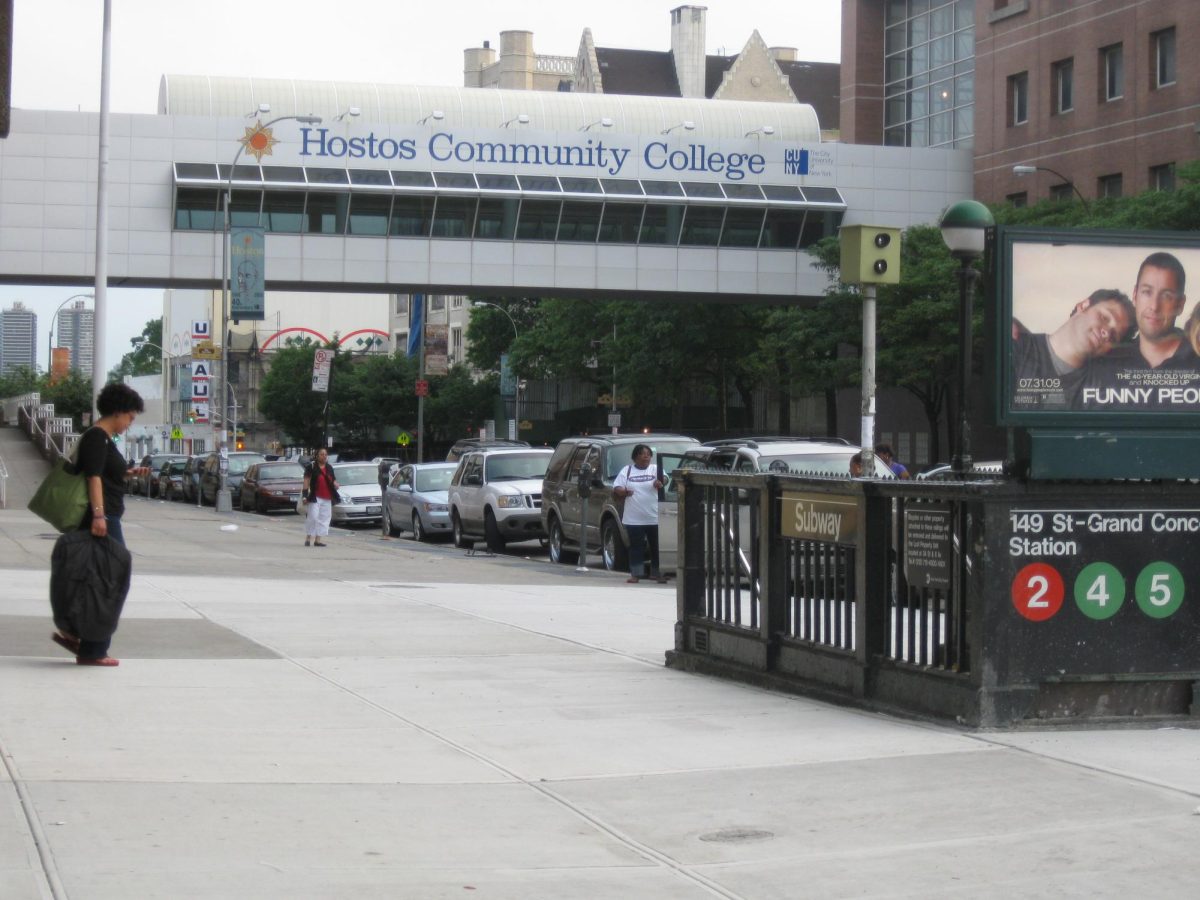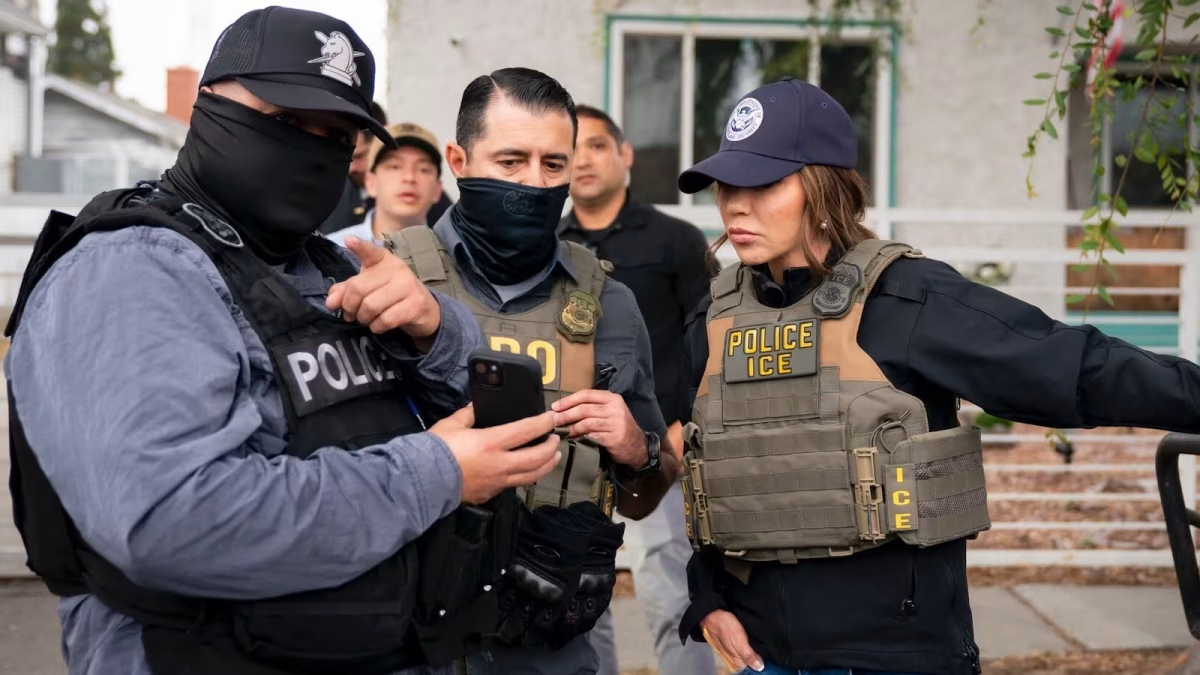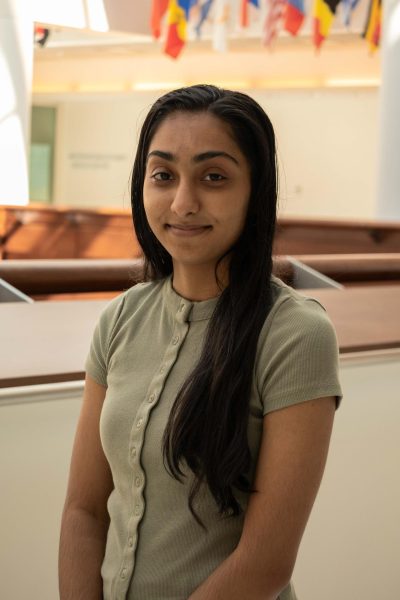As part of the $229 billion FY 2024 New York State Budget, Governor Kathy Hochul announced a new pilot MTA program in July, which will start to be implemented this week. The MTA is now providing fare-free bus routes in each borough.
The program hopes to expand access to public transportation across the city and improve transit equity.
New York City Transit President Richard Davey said, “Our team worked hard to ensure the five routes that were chosen for this pilot will benefit New Yorkers who rely on buses to get them where they need to go.”
The five bus routes of this program are Bx18 A/B, B60, M116, Q4 LCL/LTD and S46/96. The program will last for about six to twelve months.
These routes were chosen based on factors such as ridership, fare evasion, service adequacy and equity for low-income and economically disadvantaged communities.
Assembly Speaker Carl Heastie explained, “This pilot program will help thousands of New Yorkers who rely on buses to get to work, to school, to get to medical appoints [appointments] and more.”
The MTA Chair and CEO, Janno Lieber, does not think riders will mix up which buses are free. “…we’ve taken steps to make sure nobody is confused,” Lieber said.
All buses on these routes will be clearly labeled, “Fare Free” with green and black signage, digital signage, decals inside the bus and covers on the farebox and OMNY readers. However, these buses will not include free transfers to other buses or trains.
In a press release about the launching of this pilot program, the MTA said, “The pilot will allow the MTA to monitor the impact of fare-free buses on ridership, quality of life issues, performance metrics and general operations.” This will allow the MTA to further improve its service for all its customers.
Many New Yorkers have differing opinions on this new program. Rupinder Kaur, a sophomore at Baruch College, is concerned with the logistics of this program.
“I believe it will be much busier and might make me late for my classes.” She believes that because the buses are free, more people would take advantage of the program, adding to ridership traffic.
Kaur doubts that the program will be helpful to riders because of the imminent increase in ridership, which will lead to longer wait times. “It could make the MTA problems worse.”
Others are more hopeful of the program’s success, like Khushi Gupta, a junior at Baruch College.
“The larger issue about transit equity is a large problem in the city. To some $2.90 is a small amount and to some that money could be going towards groceries,” Gupta said. “It’s a really cool initiative and the routes that these buses are running will help a whole lot of people. It may also help curb fare evasion because it’s free.”
Gupta is concerned about the longevity of this program. “My only concern is once this program is over, how will it affect the way that riders take these buses? Will the program continue and expand?”
The MTA’s main goal is to provide affordable and accessible transportation to those who need it. As the future of this program is yet to be determined, riders themselves will be the judge of that.









